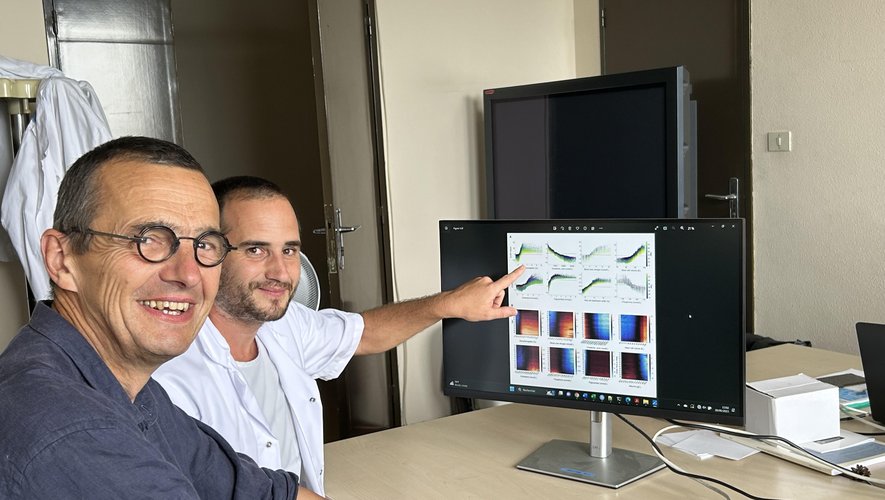Louis Casteilla and Paul Monsarrat, professors at Toulouse 3 Paul Sabatier University in animal physiology and odontology, use artificial intelligence to demonstrate that the aging process is “very variable” depending on the individual. Their approach was published on June 10 in the scientific journal Aging Cell. Interview with Louis Castelilla.
With your colleague Paul Monsarrat, you publish in the scientific journal Aging Cell the results of your approach which consists in using artificial intelligence to discern physiological age from chronological age. Predict aging?
Work began two years ago. In fact, we used an open database, which includes 60,000 individuals aged 18 to 95, based on conventional biological analyses: blood sugar levels, cholesterol, etc. It was a choice to start from simple variables to obtain in the general population. This database is American, as there is no European equivalent. In a roundabout way, the algorithm was asked to predict chronological age. Out of 60,000 individuals, the database is divided into two: a learning part and the other allowing the result to be tested. We observe that on the majority of people, there is indeed a difference on this prediction, but this difference is indicative of the biological differences of individuals for the same given age. If we take 50-year-old individuals, some will have the biological profile of someone 55 years old. Conversely, some will appear with a biological profile of 45 years.
How can these differences between the different biological profiles be explained?
Time is common to everyone, but each organism will use it differently depending on the context in which it lives. It is an evaluation of the wear of time.
What are the mechanisms that trigger these phenomena of wear and aging?
We used another algorithm that made it possible to explain this discrepancy, to understand the prediction made by artificial intelligence. What we call explainability. We are not in a blind artificial intelligence system.
The objective of this research?
We remain at the stage of probabilities, of course, because the prediction is not 100% reliable. But for the vast majority of diseases, such as obesity, diabetes, cancers, chronic inflammatory diseases, osteoarthritis, the most important risk factor is age. Better specifying the truth of the biological age allows an individual to anticipate a certain number of problems, to adapt medicine to the real age of the person. Not his ID card.
In the future, will artificial intelligence be a necessary step to establish a person’s biological age and prevent pathologies?
It is clear that there will be a medical and therapeutic benefit in adjusting treatments to biological age and not to chronological age. We could very well define clinical trials, treatments, better anticipate drug doses. This is called precision or personalized medicine.
What follow-up do you give to your research?
We are trying to access European data to fully validate this approach, because the American way of life is not necessarily the European way of life. One parameter that seems to influence the prediction of the algorithm is something called glycated hemoglobin. Classically, it is used in diabetics because it is an indicator of poor control of your blood glucose. But this parameter is also indicative of the body’s ability to correctly and quickly manage its blood sugar. It would seem that the control of this glucose, the nutritional context, weighs heavily on the issue of biological age.
Predict diseases with a calculator
The approach, published on June 10 in the scientific journal Aging Cell, now needs to be carried out on the scale of European individuals. This is the conclusion of Professor Louis Casteilla, who works at the Restore Institute (CNRS / ENVT / Inserm / Toulouse 3 Paul Sabatier University), and who has worked with the algorithm of an artificial intelligence (AI). This physiological age calculator, called PPA for Personalized physiological age, was designed on a very large American population database, from 26 simple biological variables. It makes it possible to predict chronic diseases and mortality independently of chronological age. “This work could only be done thanks to an intense and sustained collective effort by a multidisciplinary team that included biologists, clinicians, computer scientists and epidemiologists”, emphasizes Louis Casteilla.
This method, which has been patented, opens the way to future specific and personalized clinical follow-up for healthy aging and all age-related pathologies.

